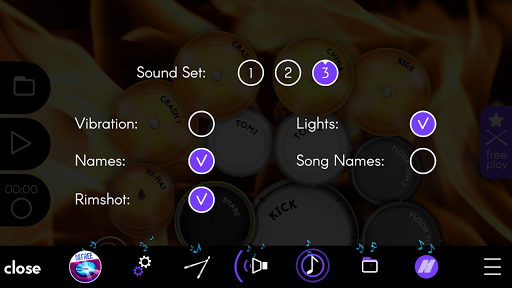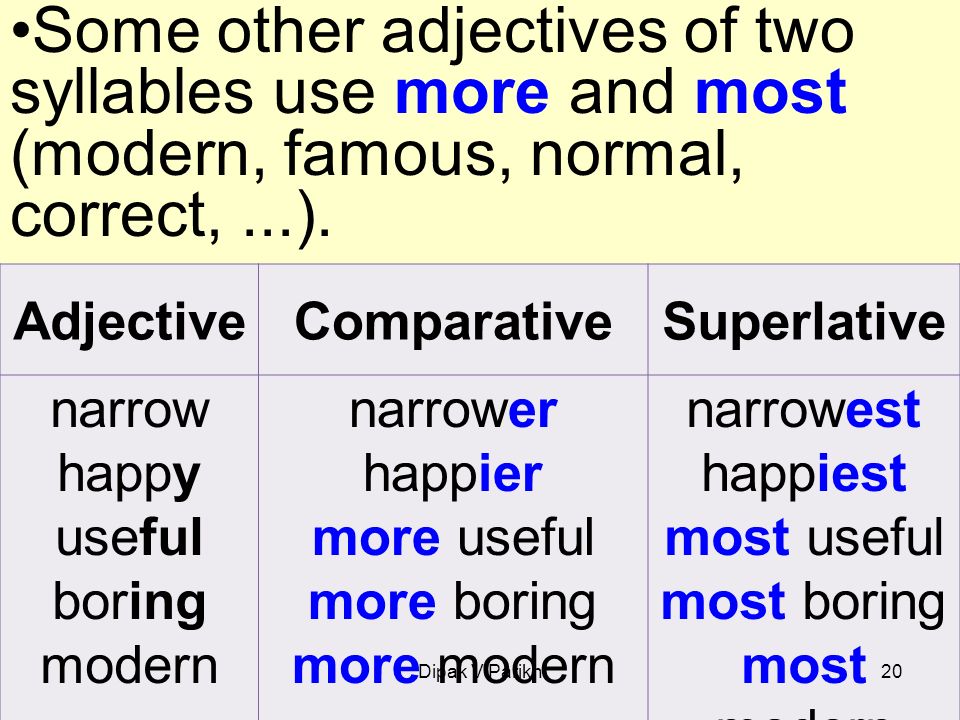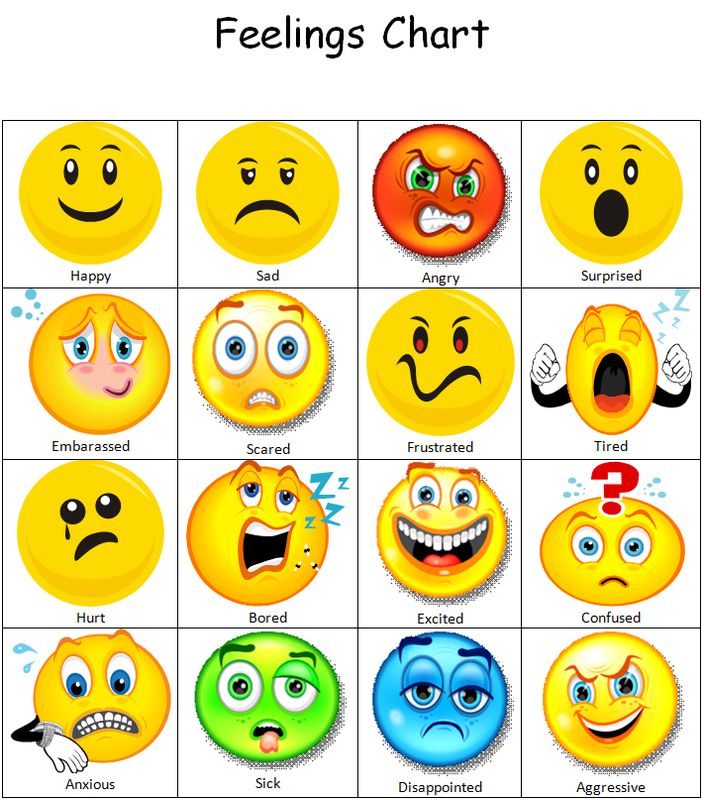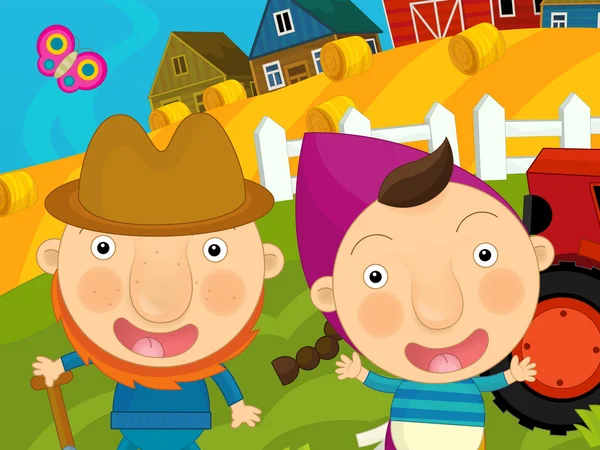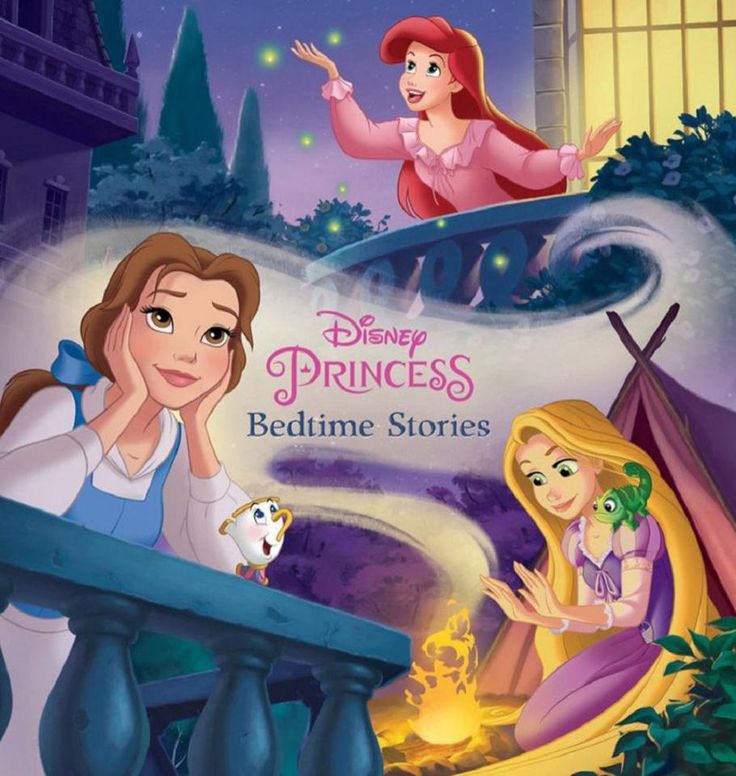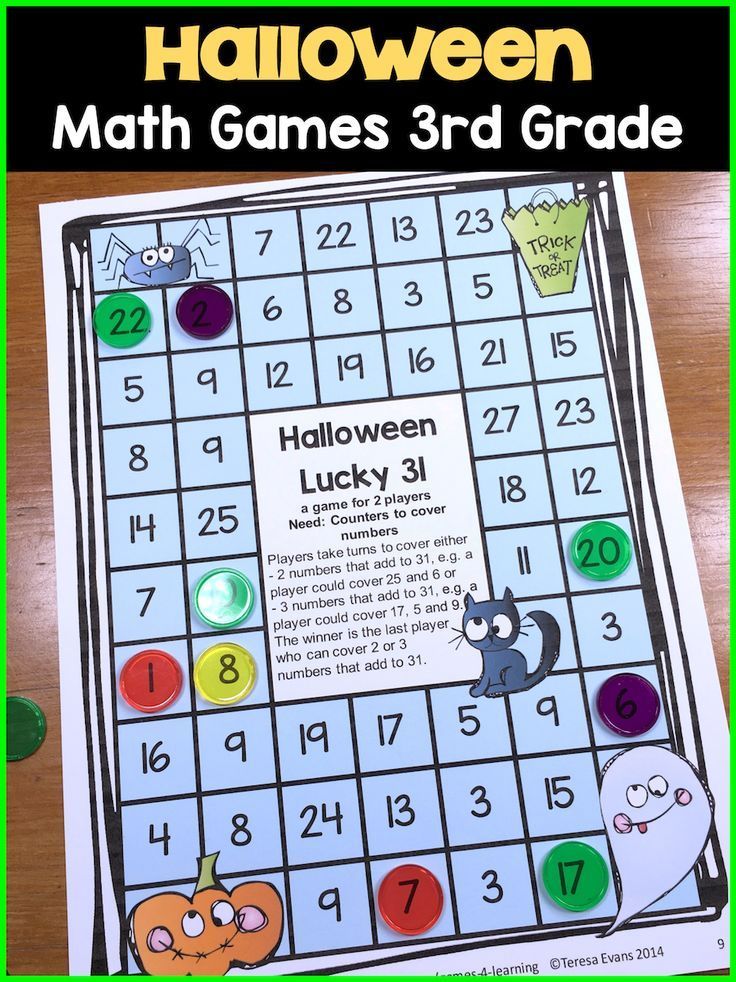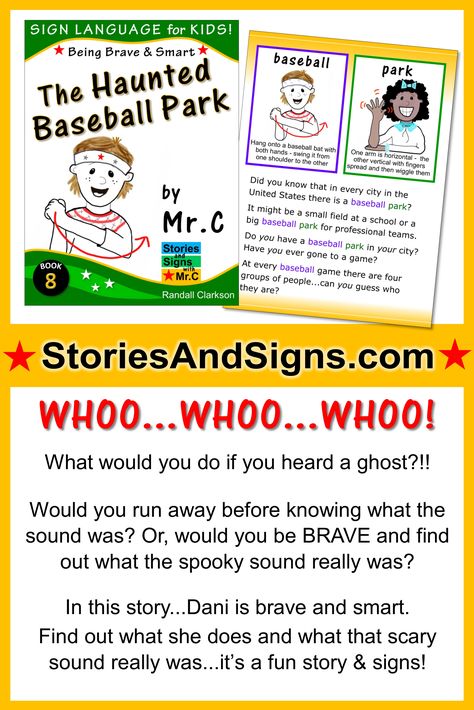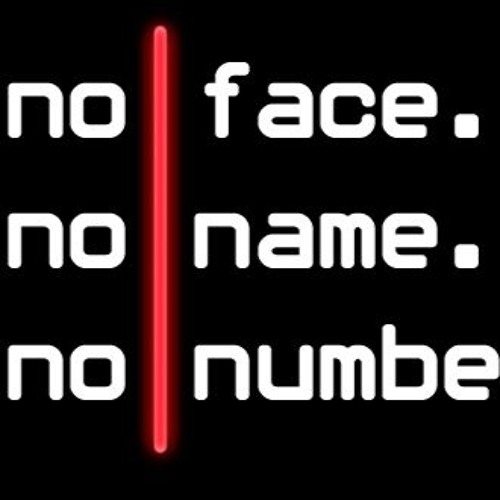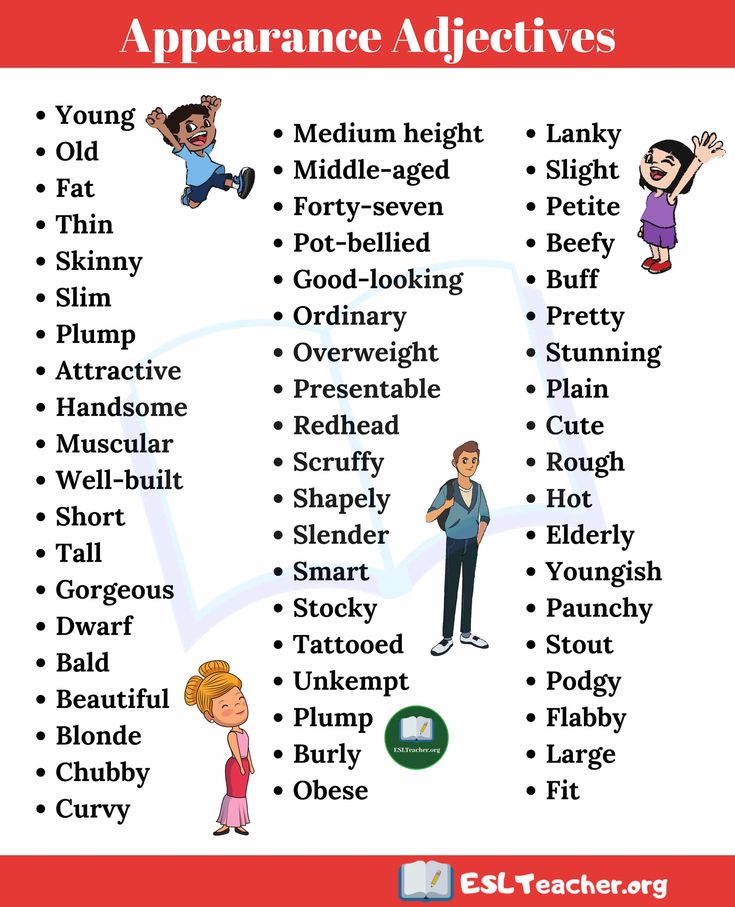Name this sound
A2: Name That Sound | Sight Words: Teach Your Child to Read
- Overview
- Materials
- Activity
- Confidence Builder
- Extension
- Variation
- Small Groups
- Questions and Answers
1. Overview
The child listens to a sound and has to identify the sound. This helps the child learn to focus their attention onto a particular sound.
A2: Name That Sound
↑ Top
2. Materials
A smartphone or computer that can play the sounds below:
- alarm
- ambulance / police siren
- applause / cheering
- baby
- bell ringing
- bird
- cat
- coughing
- cow
- dog
- donkey
- duck
- fog horn / train
- footsteps
- frog
- heartbeat
- horse
- knocking / tapping
- lion
- mosquito
- owl
- pig
- race car
- rooster
- running water
- sawing
- sheep
- sneeze
- snoring
- toilet flushing
- wolf
- yawning
NOTE: There is no need to use all or even most of these sounds. Just pick a few that your child is familiar with. This game is about paying attention, not sound identification!
↑ Top
3. Activity
Prepare the child by playing all the sounds you are going to use, naming each sound as you hear it. This gets the child familiar with the sounds and their names.
Adult: [plays Cow] That was a cow.
[plays Rooster] That was a rooster.
[plays Baby] That was a baby.
Talk to your child about how to listen. Show him how to close his eyes and focus on what he hears, not just what he sees.
Video: How to play Name That Sound
Have your child sit with his eyes closed and listen while you play a sound for him.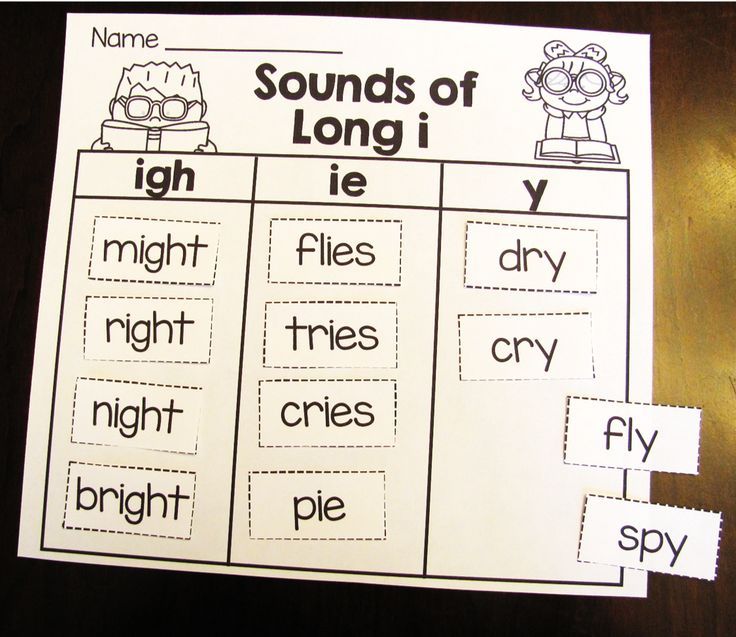 Then ask what he thinks it is.
Then ask what he thinks it is.
Adult: Listen. [plays Dog]
What was that sound?
Child: Umm…
Adult: Let’s play it again. Listen. [plays Dog]
What did you hear?
Child: A dog!
Repeat this several times with a variety of sounds.
↑ Top
4. Confidence Builder
If the child has trouble identifying a sound, help by giving two options.
Adult: Listen. [plays Cow] OK, what was that sound?
Child: Umm…I dunno.
Adult: Was it a cow, or a drum?
Child: Cow!
↑ Top
5. Extension
Instead of playing sound clips, use environmental sounds—anything happening around you. Have him sit with his eyes closed and just listen to the sounds around him for a few minutes. Then ask him to identify or describe the sounds he heard.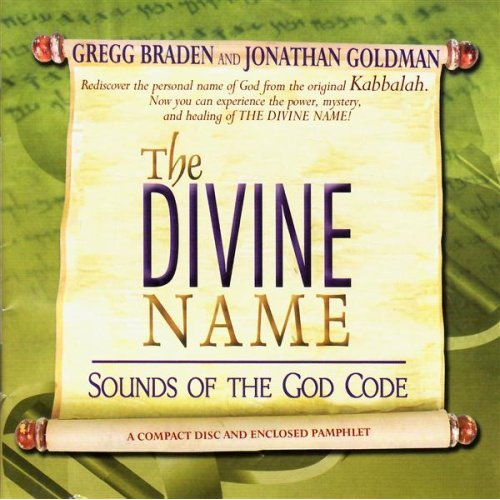
Start with just the usual noises (e.g., hum of the refrigerator) and then maybe add some of your own (e.g., crumpling paper). Here are some examples:
- Wind blowing
- Trees rustling
- Cars driving on street
- Airplane flying overhead
- Appliances running
- Clock ticking
- Jingling dog collar
- Crumpling paper
- Bouncing a ball
- Whistling
- Chewing something crunchy
- Snapping fingers
This game forms the foundation for First Sound, Last Sound (A4) and First, Next & Last Sounds (A6), where the child starts to identify and order longer sound sequences.
↑ Top
6. Variation
You can engage in this activity outside the home as well. Ask your child what he hears while you’re in the car, at the park, in the grocery store, etc.
↑ Top
7.
 Small Groups (2-5 children)
Small Groups (2-5 children)
Lesson Objective: Children will be able to focus their attention and identify a specific sound.
GELDS (Georgia Early Learning & Development Standards): CLL2.2b, PDM4
Adaptation: Read the main activity, watch the video, and follow the instructions above, with the following changes:
- Have the children take turns making sounds for the others to identify.
- Have the children select an animal sound for the children to identify.
Reinforcement: Do a quick check to see that children are paying proper attention to the sounds. Play or make a sound, such as a dog barking. Then prompt the children with questions that they answer with a thumbs up or thumbs down gesture, like this:
Adult: Listen. [makes sound] Was that a cat?
Children: [thumbs down]
Adult: Was that a baby?
Children: [thumbs down]
Adult: Was that a dog?
Children: [thumbs up]
Use this Reinforcement at Home form to tell parents and guardians how they can reinforce lessons outside the classroom.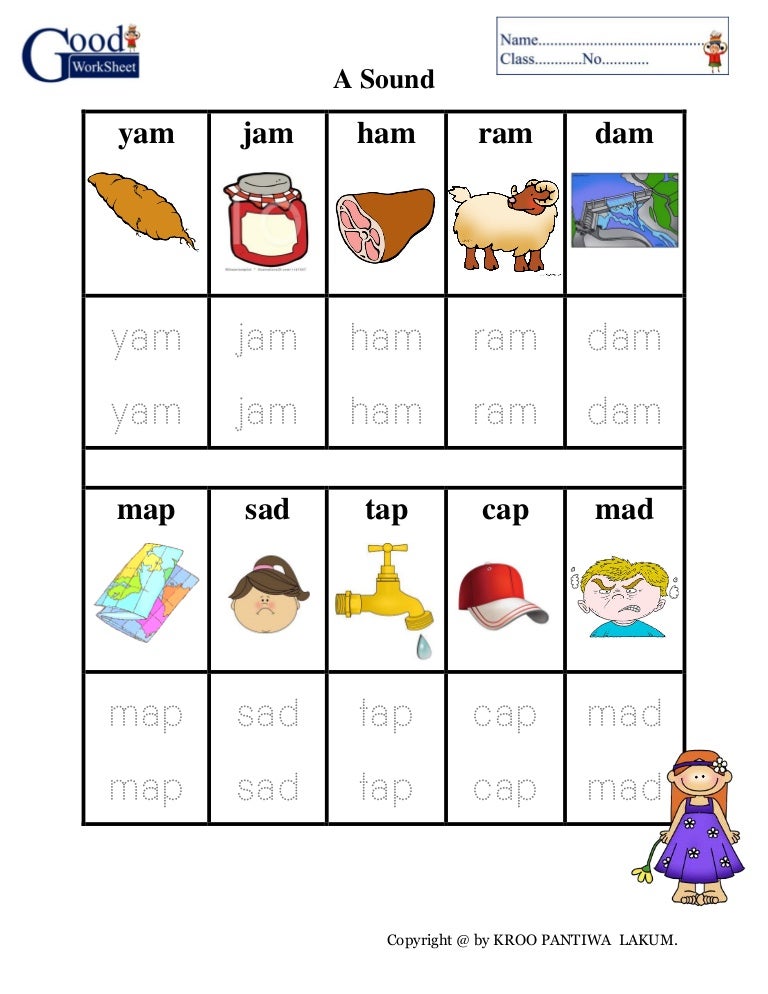
↑ Top
Leave a Reply
💡150 Catchy Sound & Audio Company Names + Generator
The Best Sound & Audio Company Name Ideas
You’re looking for a catchy name for your new sound & audio company, but you’re having difficulties coming up with one? There’s no need to look any farther; you’ve arrived at the perfect location. A number of fantastic sound & audio company name ideas may be found in this article.
How many times have you sat down to come up with name suggestions for your new business? However, just as you think you’ve come up with the perfect name, you shudder and hit the back button on your computer because it sounds awful. You have the option of continuing to brainstorm or taking a shortcut. We’ve compiled a list of interesting sound & audio company name ideas to assist you in coming up with the perfect name. We created these wonderful names using our sound & audio company name generator.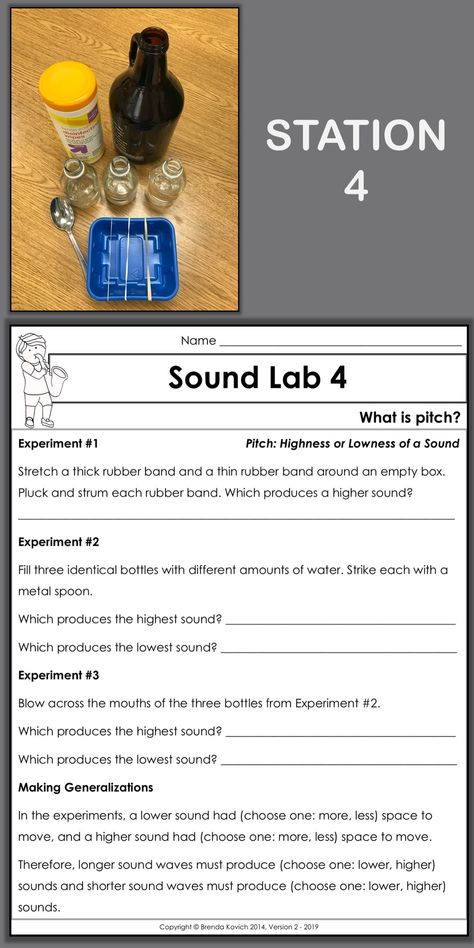 It is a free tool that provides you with thousands of suggestions using the keywords that you enter.
It is a free tool that provides you with thousands of suggestions using the keywords that you enter.
Musical Sound & Audio Company Name Ideas
When we think of sound and audio, musical terms automatically come to mind. The following names are all generated using our sound & audio company name generator. We used keywords such as music, sound, quality, and listen.
Here are the top 15 names:
- Amplified
- Audio Wizz
- Musical Strings
- Sounds of Silence
- On Que
- High Vibrations
- Strings
- Angelic Chords
- Quality Tempo
- The Sound Team
- Hello Acoustic
- Acoustic Chords
- Sound Flow
- The Sound Bar
- Musical Wonders
Tips for Creating Musical Sound & Audio Company Names
A company name that informs your customers about the services you offer or the basic values you uphold is a terrific way to portray your company. You want your customers to feel a sense of reliability and connection with your brand. Use our sound & audio company name generator to create an awesome business name.
Use our sound & audio company name generator to create an awesome business name.
Artistic Sound & Audio Company Name Ideas
When we think of sound & audio companies, we automatically associate them with creativity and art. These names dive deeper into the artistic side of the audio industry.
Our top artistic picks from our sound & audio company name generator are:
- Audio Aux
- Tuned Tempo
- Banging Beats
- Soothing Sounds
- Tune Techs
- Surround Sound
- Optimum Octave
- Artistic Audio
- Burst Beats
- Groovy Gigs
- Charming Clarity
- Sweet Sounds
- Tempting Tones
- Micro Music
- Radio Rebel
Tips for Creating Artistic Sound & Audio Company Names
Using alliteration in a company is an excellent method to make it memorable and show off your artistic side. These types of company names sound great and are incredibly brandable, especially when it comes to the sounds.
Trendy Sound & Audio Company Name Ideas
One thing that the sound and audio industry is all about is staying on top of trends. We decided to show that we can help clients keep up with the latest trends with the following names from our sound & audio company name generator:
- Bust a Beat
- Digital Decibels
- House of Music
- The Harmony Guys
- Sound Waves
- Deluxe Amps
- Music Lovers’ Paradise (MLP)
- Symphony Sounds
- Tonal Lane
- Symphony of Sounds
- SoundWaves
- Music Solutions
- Mission Music
- Speaker Design
- Tech Theater Systems (TTC)
Tips for Creating Trendy Sound & Audio Company Names
Trends are a major part of the world we live in. People always want to jump on the latest trends. What better way is there to show someone they can trust you by staying relevant and on top of the industry trends? Try to incorporate trendy phrases or words into your business name to show that you know exactly what you’re doing.
Some name ideas for you:
- Audio Flow
- Sound Off Systems
- Trusted Tempo
- Hear Clear
- Hello Audio
- Micro Audio
- On the Dial
- Audible Outreach
- We Know Audio
- Clear as a Bell
- Tempting Tunes
- Rainbow Audio
- Accurate Audio
- TrueSound Audio
- Smart Audio
- SmartSound Audio
- Musical Sounds
- ABC Audio
- Record Audio
- Audio Assignments
- Audio Assurance
- Assured Audio
- Audio Zone
- Sound Zone
- Listen Close
- Listen Closely
- Amplified Sound
- Amplifiers
- Amplified Action
- Amplified Actions
- AmpTime
- ActiveAmp
- AmpAction
- AmpSound
- AmpPeople
- AmpSound
- Audioimporium
- Audishack
- Clarity audios
- Sonic audio
- Soundhover
- Soundplace
- Evopitch audios
- The Audiobox
- Art Waves
The Best Existing Sound & Audio Company Name Ideas
Some businesses know exactly how to draw you in from the get-go. These are some of the most well thought out and clever sound & audio company names from existing brands.
These are some of the most well thought out and clever sound & audio company names from existing brands.
Bose
Simple and to the point, this company name knows how to make an impact. What would you say if you knew that the company was named after the founder, Adam Bose? You don’t always need something extravagant or complicated. Bose is an iconic audio brand founded in 1964. Bose is extremely well-known for its home theater systems, noise-canceling headphones, Bluetooth speakers, and wireless earbuds. One thing is for sure; it is pretty difficult to forget the name Bose.
McIntosh
If you even have a rudimentary awareness of the audio world, you’ve probably certainly heard of McIntosh; for over 70 years, audiophiles have lauded the brand’s impeccable reputation, which is built on a blend of a wildly unique design language and world-class sound quality. McIntosh was formerly known as Fine Sounds Group, and we think that the change has made all the difference.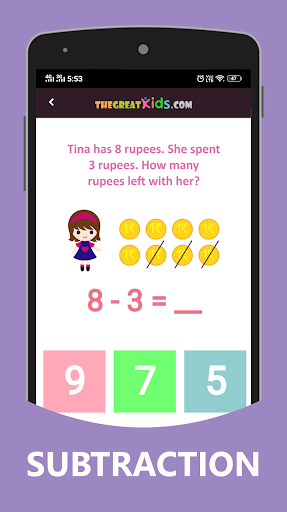 The name is catchy and has a certain flair to it, making it seem of superior quality.
The name is catchy and has a certain flair to it, making it seem of superior quality.
Avalon Acoustics
This is another brand with a regal name. Avalon Acoustics just oozes the idea of premium yet vintage, not forgetting the clever use of alliteration. The word Avalon is often associated with mythology, more specifically, where King Arthur’s sword was forged.
Thus, the use of this word creates the impression that your musical equipment was forged in the same manner as King Arthur’s sword, which makes you feel pretty special, doesn’t it? Don’t underestimate the power of emotion. If your company name can make your clients feel something, they will almost certainly browse through your products and services.
The Most Successful Sound & Audio Company Name Ideas
If you are still stumped for a name, here’s a list of some of the most successful brands and enterprises in the field. This section discusses why the name works for that company and how it appeals to buyers.
American Bass
American Bass is a high-quality maker of automobile audio and accessories such as amplifiers, subwoofers, and installation kits. It has been in business for more than 35 years and is known around the world for its high-quality items. However, the name conveys the type of service they provide to their clients.
Beats by Dre
Dr. Dre, a music producer, and Jimmy Iovine, a record label executive, founded Beats in 2006. Iovine saw two significant issues in the music industry: the effect of piracy on music sales and the poor audio quality of Apple’s plastic earphones. Regardless, the word “Beats” left a lasting impression on the music industry.
Audio-Technica
Professional headphones, microphones, phonographic magnetic cartridges, turntables, and other audio equipment are designed and manufactured by Audio-Technica Corporation, a Japanese corporation. The brand name is straightforward, memorable, and enticing.
Top Tips for Creating Your Sound & Audio Company Name
The perfect sound & audio company name is one that is simple, distinctive, and meaningful all at the same time.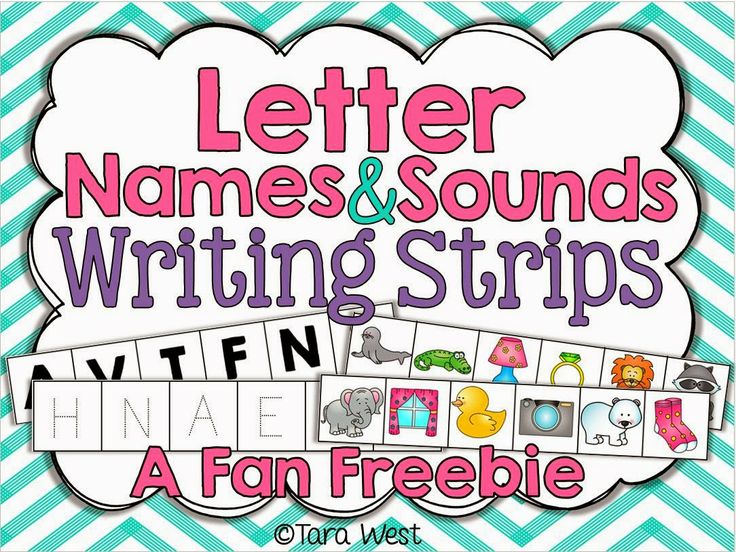 Here are five things to consider when coming up with a business name.
Here are five things to consider when coming up with a business name.
Perform a Competitor Evaluation
Knowing what names to ignore and understanding how and why your competitors’ company names work for them will help you design your own business names. Doing market research as your first step can save you a lot of time in the future. Consider the following while evaluating competitors:
- Regarding their company name, what product or service values are they relaying?
- Is there a pattern to how these companies name themselves? It’s crucial to avoid coming across as “just another one of those companies.”
- Who is the best at it? Why does it work, and what can I do to think of a better brand name?
Focus on a Name, Not a Description
Most firms fall into the trap of characterizing their company name too literally, utilizing overused audio terminologies such as bass, record, or speaker. A more effective company name should communicate your firm’s and product’s ideals to customers on a deeper level. Try to come up with a name for your company that tells a story.
Try to come up with a name for your company that tells a story.
Take, for instance, the real-life audio company “AKG Acoustic.”
The name of the Vienna-based business is an acronym for acoustic and cinema equipment: Akustische und Kino-Geräte. The name literally expresses what their area of expertise is and what they excel at. This has proven to be helpful in the audio industry, where potential buyers are primarily looking for high-quality, dependable gear.
Making a Memorable Name
The first step in getting to a customer’s mind is to come up with a unique company name, which is easier said than done. Your company name should try to stop a customer in their tracks and get them to think twice about your offering in the midst of a sea of competition. Here are some suggestions for coming up with a memorable name:
- Use rhythmic speech or alliteration.
- Try employing a word that would be meaningless out of context (Decibel Technology – Decibel is a unit of sound intensity, and it fits the bill when expressing the business’s focus).
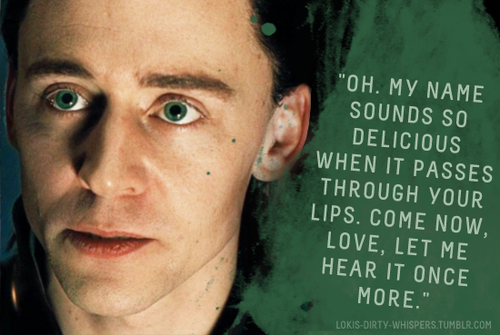
- Keep it brief and straightforward.
Purchase a Brandable Company Name
Nonsensical company names that read and sound good are known as brandable business names. They frequently use Vowel/Consonant/Vowel letter patterns because these word constructions are usually brief, catchy, and simple to recite and remember.
Don’t Combine Random Words for the Sake of it
When a business owner discovers that their idea for a business name has already been taken, they frequently make the error of creating terrible word combinations. Peter chooses the name SoundTech for his company, for example, and discovers that it has already been taken. Because he already settled on a name for his company, he tries to choose names that sound similar, such as SunTech or SoundTek.
These concepts are a step backward since they are neither catchy, nor easy to speak, or remember. In these cases, we recommend starting from the beginning and implementing the previously given tips.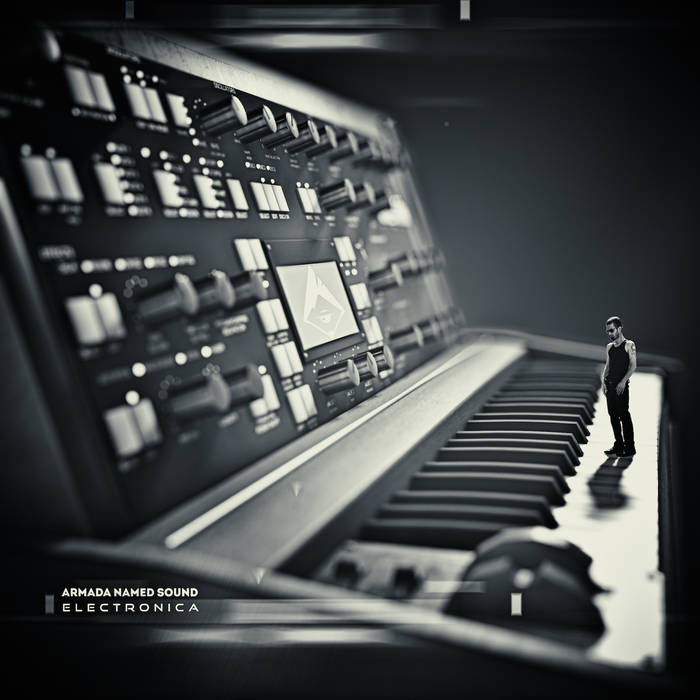
Steps to Follow When Naming Your Sound & Audio Company
Your sound company requires a name that will attract customers in the correct way. There are a few measures you can take to do this. These stages will walk you through all you need to know before settling on a name. Your company’s brand name has the power to make or break it. In this case, you want to try to create a name that represents the technical, dependable, and professional worth of your product or service. Here’s how to go about coming up with an excellent business name:
- Consider a variety of names: Brainstorm a few ideas that might be suitable for your audio company.
- Narrow down the list: Take a careful look at your list of ideas and eliminate any names that could be challenging for customers to identify, remember, pronounce, or sell.
- Ask for feedback on your top three options: It’s essential to get feedback from potential clients to know whether the name will perform well in the industry.

It’s a good idea to have at least three fantastic names on your list at this point. If any of the brand names are already taken, you can use the internet to run a quick Business Name Search to see if your name is accessible in your location. You also need to do some competitive research to figure out why your competitors’ names perform so well for them.
- Record Label Names
- Festival Business Names
- Media Company Name Generator
Vowel sounds and letters. How many are there in Russian?
Free introductory lesson in Russian
Enroll
Correct pronunciation of words is one of the components of beautiful and literate speech. To achieve this, you will first have to study the sounds themselves. In this article, we will figure out together what vowel sounds are, how many vowels are in the alphabet of the Russian language, and what sounds they can represent.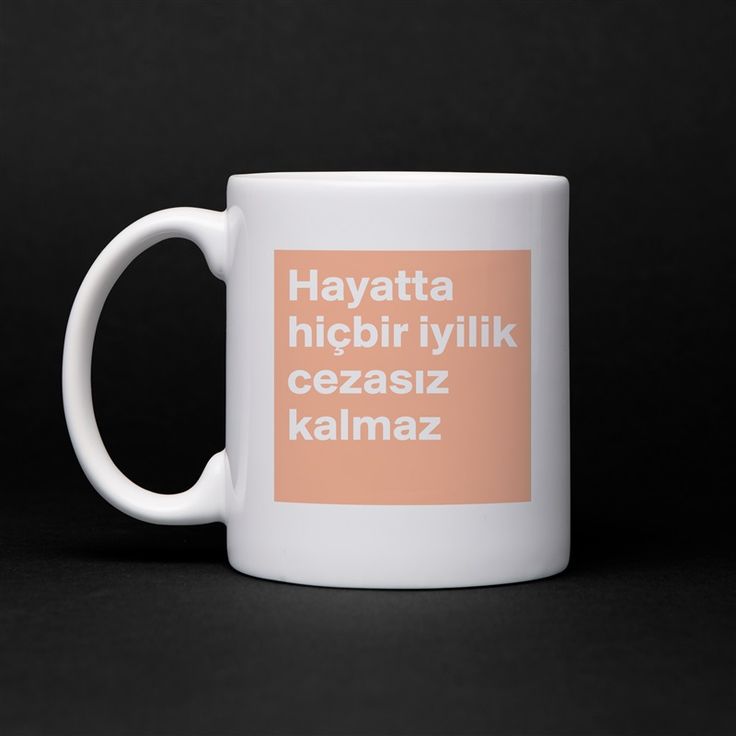
What are vowels and sounds
Vowel sounds are those sounds that we freely convey with our voice. Hence their name comes from: voice means "voice". When pronouncing, air exits through the mouth and does not create noise, and the position of the tongue and lips determines which vowel sound we will pronounce.
There are much fewer vowels in Russian than consonants. There are 6 of them in total: [a], [o], [i], [s], [y] and [e]. To understand whether a vowel sound is in front of you or not, try to sing it. For example:
-
a-a-a ,
-
woo
-
ss .
If it works, then the sound is a vowel. You can't do that with consonants.
There are more vowels than sounds - there are 10 of them: a, i, u, u, o, e, e, e, i, s . This difference is due to the fact that some of these letters can represent two sounds and are pronounced using a combination of a vowel and a consonant [y']. For example, in the word spruce the letter e two sounds are expressed - [y '] and [e]. Let's look at the table all the vowel sounds and the letters that represent them.
| Letter | Sound | Example |
|---|---|---|
| a | [a] | pharmacy |
| i | [a] [d'] + [a] | change anchor |
| y | [y] | moon |
| [y] [y'] + [y] | love skirt | |
| about | [o] [a] | horse milk |
| e | [e] [y'] + [e] [and] | victory raccoon great |
| e | [o] [d'] + [o] | rope hedgehog |
| e | [e] | evolution |
| and | [and] [s] | caviar life |
| s | [s] | choice |
Demo lesson in Russian
Take the test at the introductory lesson and find out what topics separate you from the "five" in Russian.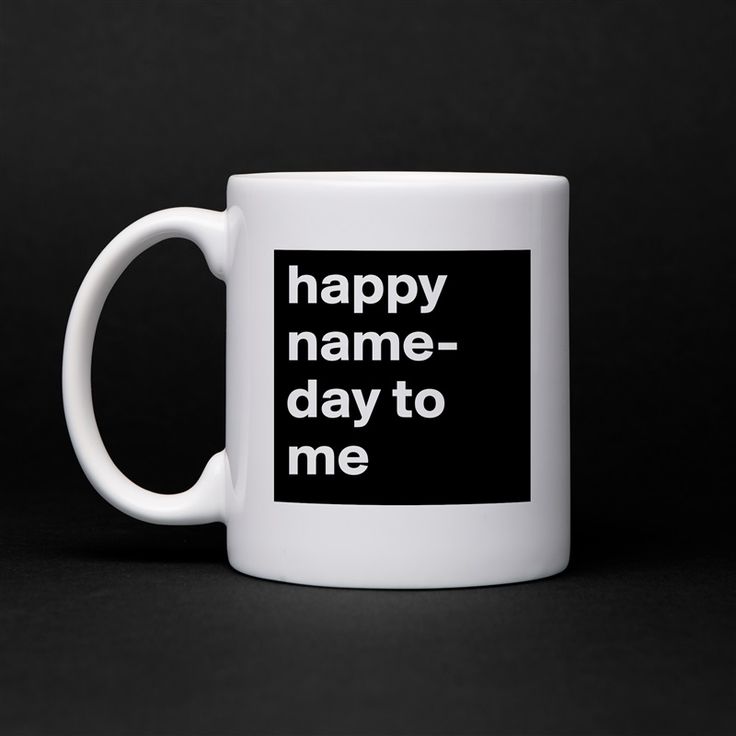
How vowel sounds are related to syllables
Vowel sounds form syllables - sound segments of words that we pronounce with one breath. One syllable can be either a vowel with one or more consonants, or a vowel alone. There is even a rule by which syllables can be counted: how many vowels in a word - so many syllables.
For example, in the word journey there are 5 vowels: [u], [i], [e], [i] and [e]. This means that it has 5 syllables: p-te-she-stv-e .
Test yourself!
Count the number of syllables in the words: try on, tanner, well-groomed, care, prefix, capital, wet, invitation, orange .
Vowel sounds and stress
Now let's see what groups vowel sounds are divided into. Sometimes their pronunciation depends on whether the stress falls on them, that is, whether we single them out with our voice. So vowel sounds are divided into stressed and unstressed. Here are some examples:
| | | |
|---|---|---|
| | | |
| | | |
| | | |
Stress in Russian can fall on any of the existing vowel sounds. However, only 4 of them can be unstressed - these are [a], [i], [y] and [s]. In this position, we pronounce sounds weaker than under stress, because of which they can change qualities and sound differently.
However, only 4 of them can be unstressed - these are [a], [i], [y] and [s]. In this position, we pronounce sounds weaker than under stress, because of which they can change qualities and sound differently.
Interestingly, the vowels [o] and [e] can only be stressed. There are only a couple of exceptions to this rule: for example, in words cocoa and canoe sounds [o] and [e] in an unstressed position.
How unstressed vowels are related to consonants
How an unstressed vowel sounds depends on the consonant that precedes it. Or rather, from its hardness or softness. If it is a hard consonant, it can be followed by unstressed vowels [y], [a] and [s]. When we talk about a soft consonant, it is followed by unstressed vowels [y] and [and].
| | |
|---|---|
| | |
| | |
| | |
Free English lessons with a native speaker
Practice 15 minutes a day.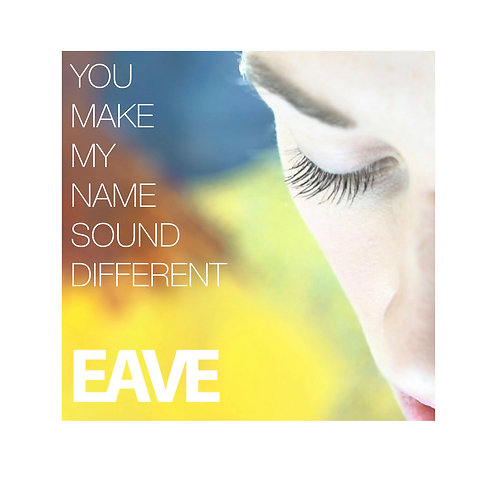 Learn English grammar and vocabulary. Make language a part of life.
Learn English grammar and vocabulary. Make language a part of life.
Test yourself
It's time to find out if you now understand well what vowel sounds are in Russian. To do this, we have prepared tasks for self-examination.
Task 1
List all the vowels in these words:
fair,
rejoice,
doll,
remote,
buddy,
voting,
mirror,
story,
OK,
captivate.
Task 2
Name 5 words each in which the sounds [a], [i], [y] and [s] would be stressed.
Task 3
Name 5 words in which an unstressed vowel would come after a hard consonant and 5 more words where it would follow a soft consonant.
Task 4
Count the number of syllables in the words below (remember to use the rule you learned at the beginning of the article!):
-
weightless,
-
sunrise,
-
adventure,
-
painter,
-
perpetuate,
-
nice,
-
image,
-
category,
-
exciting,
-
melting,
-
snowflake.
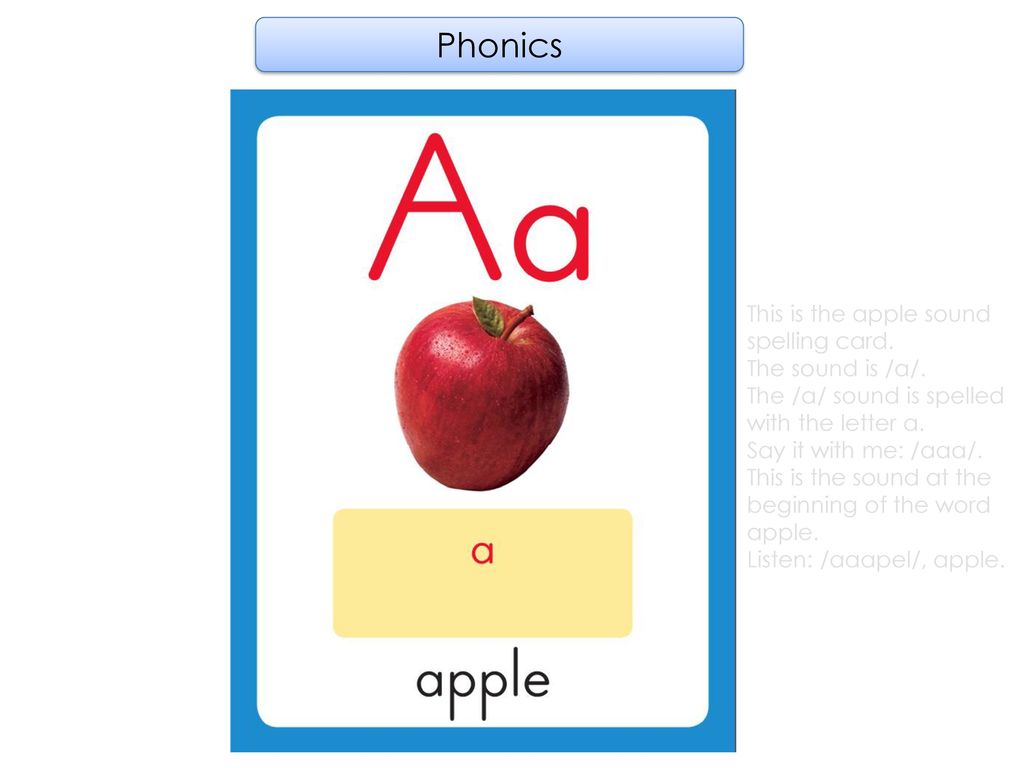
The rules of phonetics help us to speak correctly, so it is important to master the topic of vowels well and avoid gaps in knowledge. If even after reading the article you still have questions on the topic, you can figure them out in the Russian language course at Skysmart. In online lessons, the teacher will help the student work out the theory and consolidate the result on non-boring tasks. So the student will be able to improve the quality of knowledge, and fall in love with the subject.
Cheat sheets for parents
All Rules in Russian at hand
Alena Fedotova
author Skysmart
to the previous article
for the next article
phonetic analysis of
90,000 workbook “Speech development“ Speech » (Literacy)Workbook on the educational area "Speech Development" (Literacy)
Toropova Yu. N.
N.
For caring parents and curious kids 5-6 years old
Introduction
This manual is intended for children of the senior group in the period of preparation for learning to read and write.
The sequence of familiarization with one sound, fusion, word and sentence is made taking into account the age characteristics of children.
The material will help develop phonemic hearing, master the skills of sound-syllabic analysis and synthesis, expand vocabulary, master the main lexical and grammatical categories of the Russian language.
Promotes the development of perception, attention, memory, coherent speech, thinking.
Symbols
Any word consists of three parts (not to be confused with syllables!) :
download abstract
2 - middle of a word
3 - end of word (last sound)
1 - beginning of word (first sound)
1.2.3
Consonants are pronounced briefly, without adding a vowel: [m] , not [me] , [s] , not [se] .
Inviting the child to determine the place of the sound [o] in words, choose those words in which the sound [o] is stressed, because in an unstressed position the sound changes: we pronounce the word "CLOUDS" as [ABLAKA] , the word "COW" sounds like [KAROVA] , and the word "WINDOW" sounds like [AKNO] .
There are iotized vowels consisting of two sounds: soft consonant [й] and vowels. These are [ya] , [ye] , [yo] , [yu] . In writing, they are transmitted by the letters I (pit) , E (spruce) , Yo (hedgehog) , Yu (yula) .
Word schemes in which iotized consonants occur in the following positions: the beginning of a word, after a vowel sound, after a dividing soft sign, are offered to children only for consideration and familiarization.
Vowel sounds in diagrams are marked in red -| Solid consonants - in blue - ■
Soft consonants - in green
■ Most consonants can be either hard or soft. However, some consonants are only hard: [W] . [F] , [C] , and others - only soft | [Y] , [H] , [S]
However, some consonants are only hard: [W] . [F] , [C] , and others - only soft | [Y] , [H] , [S]
A syllable is a single vowel or a combination of one or more consonants with | vowel. There are as many syllables in a word as there are vowels. Open syllables end in | into a vowel, closed ones into a consonant.
Closed syllable:
MA-
PI-
KRE-
AK-
HOR-
LIS-
Open syllable:
IVA
FOX
WATER
MACHINE
Word patterns:
- Hello! I am a pencil, my name is Green, I will be your assistant throughout the training.
- Listen, how many different sounds surround you... Do you hear how the car passes outside the window? How is the water flowing through the pipes? If you hit the table with your hand, you will also get a sound.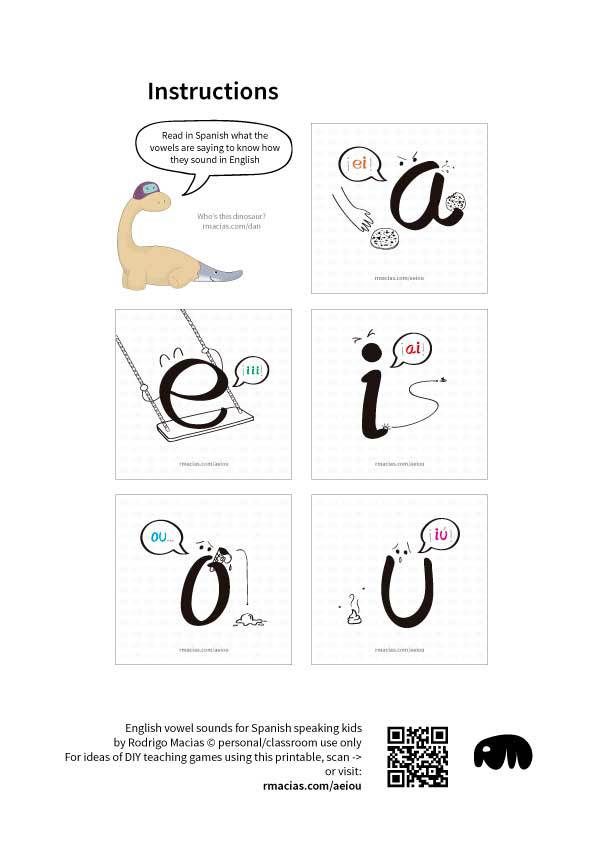 But in order to name any object, it is necessary to name the WORD.
But in order to name any object, it is necessary to name the WORD.
"Word"
Sun
- "Write down" items (one line - 4 cells) :
- One word is "written" here.
- All items can be named (give them a name) . One item - one word We will designate one item with one line (line) :
- Look around. Name the things you see.
"Word"
- You and I have already determined that any object can be given the name (name) . Remember how we "record" objects?
- How many items are "recorded" below?
- All objects can be divided into living (animate) and inanimate (inanimate) .
- Circle the living (animate) objects in red pencil, and the non-living (inanimate) objects in blue.
-People communicate by speaking, reading or writing. Close your eyes and listen:
-Snowman sculpt boy.
- What did you imagine? Nothing? And now:
- A boy is making a snowman.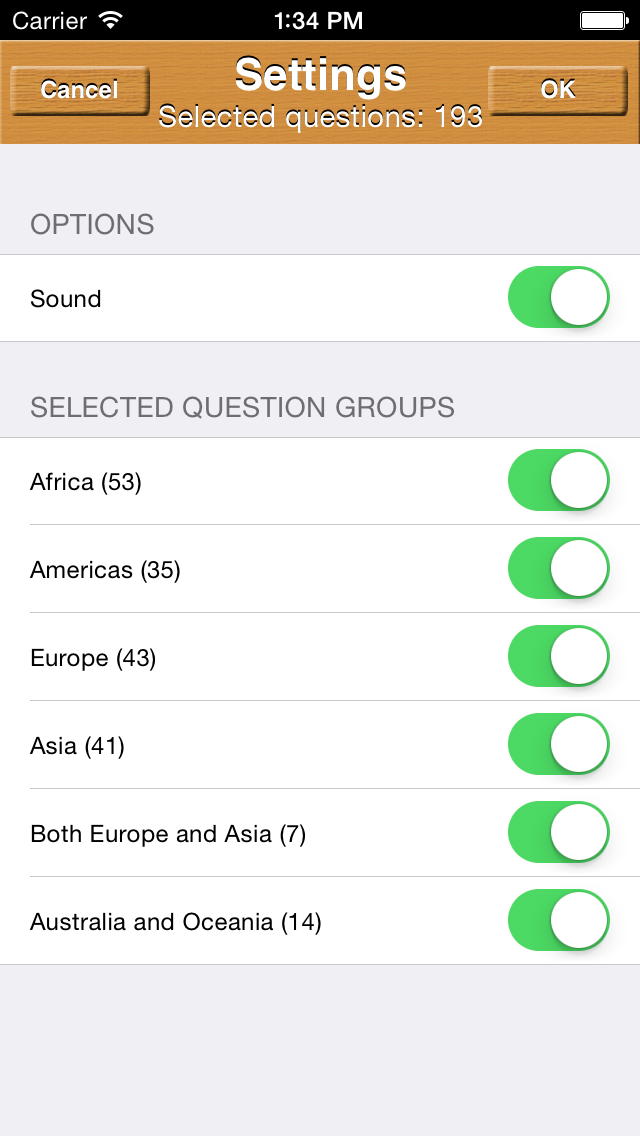
- You can immediately imagine the situation: it's winter outside, warm day (sticky snow) , the boy is dressed in winter, he is in a good mood, etc.
I SENTENCE IS A FEW WORDS. WHICH ARE RELATED BETWEEN THESEMSELVES.
- Count how many words are in the sentence "The boy makes a snowman"? What is the first word? Second? Third?
- Make up sentences from the pictures:
- Today we will "write down" not only individual words, but entire sentences.
- Remember how we designate objects? (One line) . But the words we use are not only objects. Each item can perform any action. For example, what can a dog do? (To bark, lie down, run, look, listen, etc.) . What does the machine do? (Rides, stops, skids, refuels, honks, etc.) .
- We will denote the actions of objects with two lines (lines) :
- A word is "written" here that means
action of some object.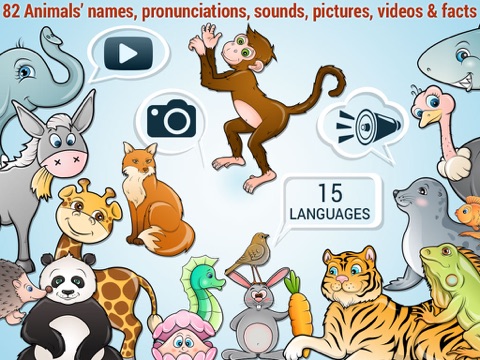
Remember what a sentence is?
Make up a sentence with the word "candy".
Watch how I "write down" the scheme of the sentence "MOM BOUGHT CANDIES":
- How many words are in this sentence? Name the first one? Second? Third?
- We will mark the beginning of the sentence and the end. How is the beginning of a sentence marked? And the end?
Boy play machine Mom buy apples. Girl go for a walk. Dad dig the earth.
Fish swim aquarium. Sofa cat lie.
Watering watering can flowers. The sun is shining brightly.
- Shall we play? Game "Broken sentence". Correct mistakes, say right:
- "Write down" sentence schemes. Write the objects with one line, and the action with two. Don't forget to mark the beginning and end of sentences.
- Look at the pictures. "Write down" sentence schemes Mark the beginning and end of sentences.
-To connect words in a sentence, we use "small" words - prepositions. For example, the preposition "U":
For example, the preposition "U":
Kirill is drumming. - Cyril has a drum.
Lena plays with a bear cub. - Lena has a teddy bear. Serezha eats watermelon. Serezha has a watermelon.
- This is the scheme of the preposition "U" (or "ABOUT") . You can read it like this: "CIRCLE Y (ABOUT) square."
- In the diagrams, we will denote the prepositions with a triangle:
- The scheme of the sentence "Lena has a teddy bear" will look like this:
- Look at the picture Name the professions Make sentences with the preposition "U" Write down the schemes of these sentences.
- Continue row
- Remember which preposition ("small" word) is "written" here?
■ this is the preposition "Y" (ABOUT) Circle Y (ABOUT) square.
- circle ON square.
■ circle UNDER square.
- Today we will get acquainted with two more "small" words (prepositions) that will help us connect words in a sentence.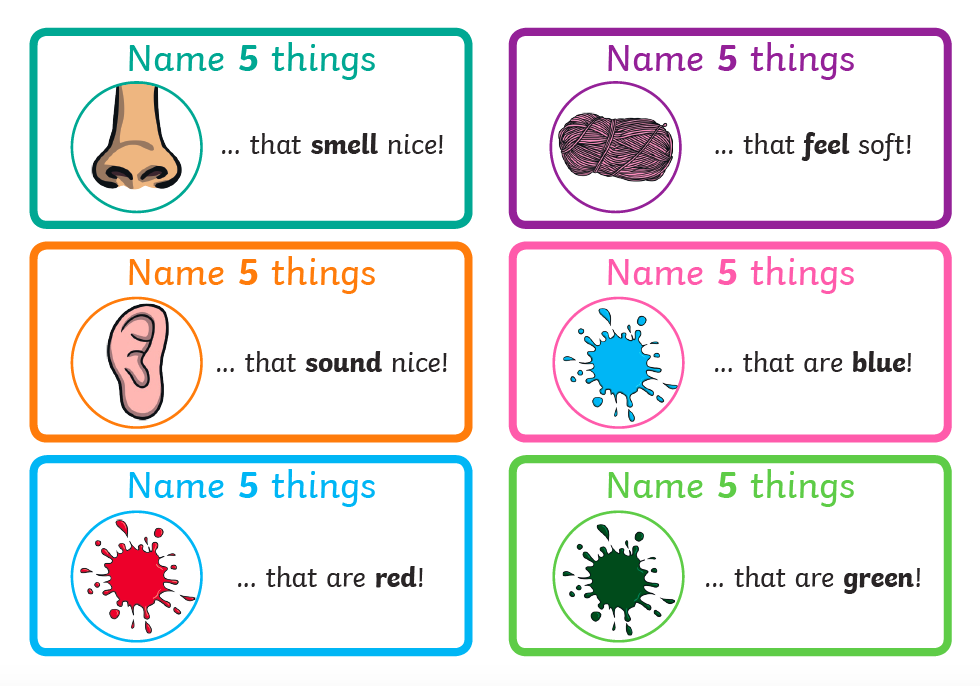
- Look at the pictures. Make sentences with prepositions
"Verbal composition of sentences Generalization"
- "Read" the sentences according to the schemes. Substitute the actions of objects according to their meaning.
- Add:
"Syllabic composition of the word"
- Do you know that words can be divided into parts? Words can have one or more parts. These parts we will call the SYLLOGUE.
A syllable is a sound or a combination of sounds in a word pronounced with one push of exhaled air.
- To divide a word into syllables, you need to put your chin on the table, then pronounce the word. How many times the head leans back, so many syllables in the word.
- How many syllables are in a word, we will divide words into so many parts.
For example, the word SOK has one syllable. CTA-KAH ■ 2 syllables. KA-RAN-DASH - 3 syllables.
- No matter how many syllables a word has, every word has a beginning, middle and end. The caterpillar Lucy will help us learn how to divide words into parts.
The caterpillar Lucy will help us learn how to divide words into parts.
Division of words into parts - syllables
- Name the item:
- Place your chin on the table and name the item again. How many parts did you get? Caterpillar Lucy will show you how to split the word:
- Now you can see that words have a beginning, middle and end.
- Divide words into parts:
■ Remember what a sentence is? What does it consist of? (From words) .
And the words? (From syllables) .
■ Russian has vowels and consonants. From them we add syllables, from syllables we get words, and from words we get sentences.
- These guys make sounds. Can you guess what these sounds are?
- How did you guess? (On the lips) . The sounds we can sing are called vowels.
- When we pronounce vowel sounds, the air flow does not meet obstacles in its path (not obstructed by lips or teeth) .
All other sounds are consonants. Consonants can be hard or soft.
- Hard consonants will be friends with the Hammer, and soft ones with the Mouse. Try to determine who these sounds are friends with (what do you think, who pronounces this sound: Hammer or Mouse) :
[3] [B]
[T] [Kb] [M] [P] [G] [T]
- Remember what sounds are called vowels? (Those that can be sung) . What about consonants? (Those that cannot be sung) What consonants are friends with the Hammer? (Solid) . What about Mouse? (soft)
- Vowel sounds will be marked in red |
hard consonants - blue soft consonants ■ green - So we can "color" the words.
- Determine the number of sounds in a word.
- We circle as many cells as there are sounds in the word (this is "apartment") .

- "Spread" the sounds into "rooms" (cells) and paint over the "windows"
HOUSE
- How many sounds are in this word? (Three) So the "apartment" will be of three cells ("rooms") .
- Say the first sound. With whom is he friends: with the Hammer or the Mouse? (With a hammer, it means from solid) .
- Say the second sound. (It can be sung, which means it is from a vowel) .
- Name the last sound. Who is he friends with? (With a hammer, it's a hard sound) .
Now let's paint over the "windows" in the "rooms" of sounds. (This can be done immediately) ;
- What is the first sound in words. Determine what sound it is: a vowel, hard or soft consonant? Fill the cell with the desired color:
- Determine how many sounds are in the words. Build "apartments" for the words with as many "rooms" as there are sounds in them. Color the "windows" with the desired color.
- Remember, nakis prepositions (small words) have we already learned? Name them.
I want to introduce you to two more prepositions - OVER and B:
Stressed syllable
- You already know that the ones on the left are made up of syllables. Do you know that words can be "beaten"? Today we will "hit" the words. “To hit” a word means to highlight the stressed syllable in it (or sound) .
In order to highlight the stressed syllable in a word, you need to "call" it
Algorithm: 1. I name the word.
2. I divide the word into syllables.
3. I call the word, determine which syllable I pronounce longer and louder.
4. I emphasize.
RASPBERRY
y - In the word MALINA - 3 syllables, longer than
and the syllable -LI- is pronounced louder,
I means this syllable will be stressed.
- Call the words, put the stress:
- Read the suggestion. Make a diagram.
Make a diagram.
- Identify the stressed syllable. Put an accent.
Accent
- Name the objects. How many sounds are in each word? Circle as many cells for each word as there are sounds in it. Fill in the "windows" with the desired color:
- Gpas sounds form syllables. The combination of consonant and vowel sounds is called MERGING and in the "apartment" the words they live in the neighborhood. In the fusion scheme, we will designate as follows:
is a MERGE. Under fusion cells, we will denote an arc, and a separate sound, a dot.
- See how the word HOUSE looks like:
Algorithm: 1. There are 5 sounds in the word HOUSE, I build an "apartment" of five rooms.
2. I divide the word into syllables: DO-MIK.
3. I “settle” sounds into “rooms”: merging DO, merging MI and separately sound K.
4. First fusion DO-: [D] - hard consonant, [0] - vowel. I paint over the windows.